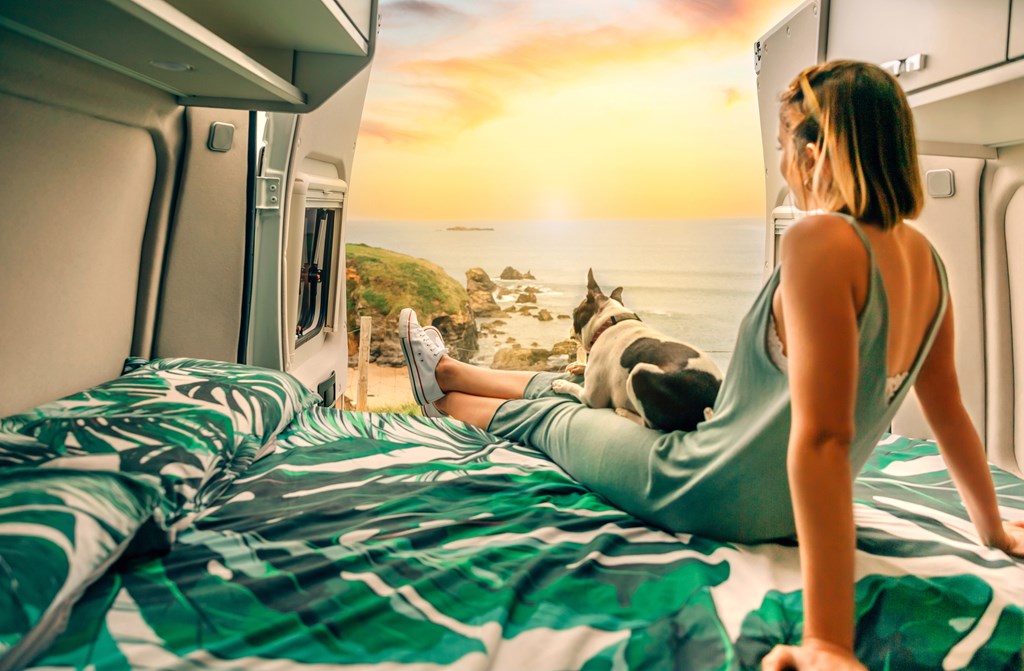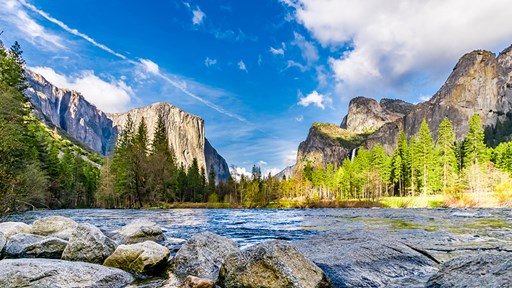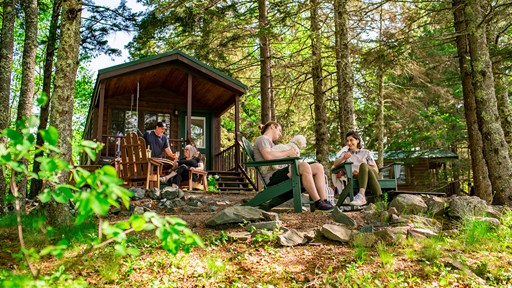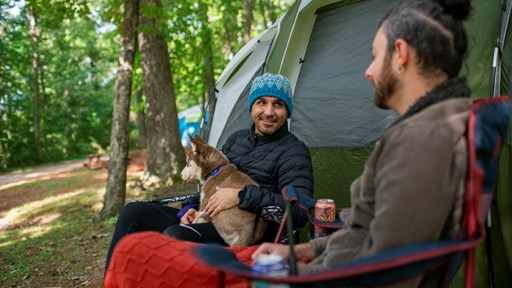Are you a camper who lives in a cold and snowy climate? You may be tempted to pack away your camping gear when the temperatures start to drop, but we are here to suggest that you don’t do it quite yet.
Maybe you love camping, but you’re not one for strapping on snowshoes and wearing permanent baselayers. We totally understand, but even if that’s the case, don’t lose hope. There may be one option you haven’t yet tried: heading south.
Have you always dreamt of exploring the Sonoran Desert in the southwest? Maybe you’ve wondered what it was like to park your RV in Cajun Country. Both of these iconic U.S. regions are beautiful, but they are both also known for being intensely hot most of the year.
So why not visit unique places like Arizona, New Mexico, and Louisiana between November and April? During the winter months, many of the “hottest” spots in the U.S. become more accessible and, more importantly, comfortable.
Winter is a fantastic time to head south to camp and explore sunny locations. Camping is, of course, our favorite way to experience a new park or part of the country, and it may be yours, too!
But there’s more.
Taking a break from a dark, cold winter boasts physical and mental health benefits, too. An extra dose of sunshine and warmth does wonders to improve your mindset and mood. You might even find you can more easily relax and destress at your warm-weather site. Say “goodbye” to seasonal affective disorder (aptly called SAD) and chase the sun down to the southern states. You deserve to treat yourself to a warm-weather adventure that has the added bonus of boosting your mood.
If you need more reasons why you should make like a bird and head south for the winter, read on.
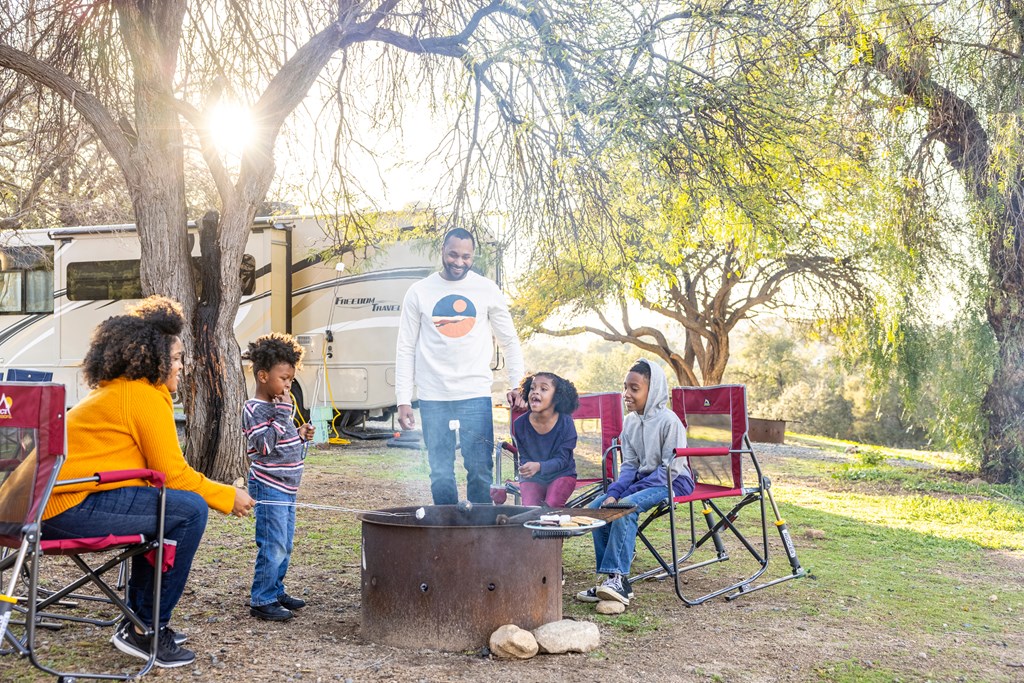
When is the Best Time to Camp in the South? Here’s Why Winter Might Be The Best Time to Camp in the South
Escape the frozen tundra
In many U.S. states, winter can be long … and dark … and dare we say, grueling.
Places like Minnesota and Wisconsin can see more than 20 inches of snow in a single month. Way up in the north country, snowfalls are heavy and wet. And here, seeing the white stuff on your windshield each morning is the norm.
If you’re a New Englander, you’re no stranger to the violent Nor’easters between the months of September and April. If you don’t live in this part of the country in the winter, consider yourself lucky. A Nor’easter is a storm along the East Coast of North America that comes with heavy rain and/or snow, gale-force winds, rough seas, and the occasional coastal flooding. In a bad storm, travel becomes treacherous, and power can go out for days.
If you live in a place with frigid winter temps and heavy snowfall, you know that a break from the winter scene can be extremely cathartic. Imagine getting some time off from the snow shoveling routine. Imagine walking around outside without wearing a heavy down coat. Feeling that warm, bright sunshine on your face doesn’t sound too terrible either, does it?
People referred to as “snowbirds” and workampers have the right idea. These seasoned travelers skip northern winters altogether, opting instead to spend their retirement or remote working hours in places like Florida or Arizona.
If you call a snowy region “home,” chances are you’ve dreamt about a winter escape at some point. Whether you can get away for three months or one week – it doesn’t matter; it feels great to get a bit of respite from the monotony of a long, cold winter.
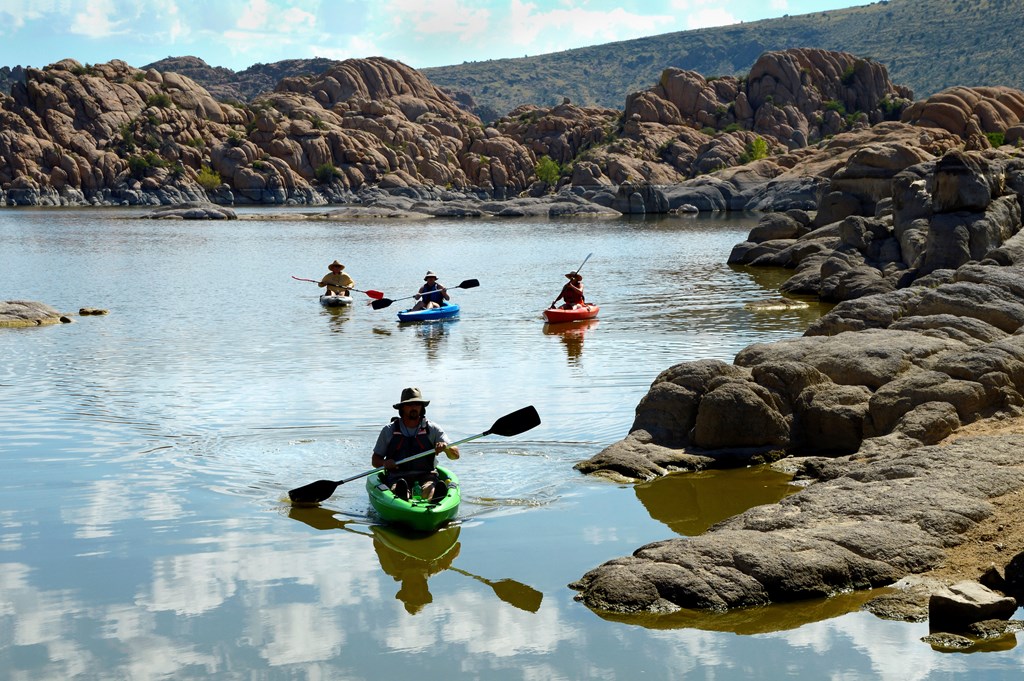
Indulge in some water therapy
In most of the country, wintertime means frozen lakes and ponds, icy cold rivers, and piles of snow and slush. It’s a great time of year for skiing, ice fishing, sledding, and ice skating. It’s also the time of year when bathing suits and water skis get stored away – that is, unless you make a slight change to your winter plans.
Visiting a KOA campground or state park further south ensures you can keep the warm weather watersports going all year round.
Places like Count Reed Bingham State Park in south-central Georgia and Devil’s Fork State Park in South Carolina are popular cold-weather escapes for people who can’t get enough of warm-weather boating and fishing.
The lake at Count Reed Bingham is bursting with bass, crappie, catfish, and bream. And Lake Jocassee at Devil’s Fork is nestled in the iconic Blue Ridge Mountains. The clear waters are a popular place for boat tours and recreation, but an added bonus is that the lake is a fun but challenging trout fishery.
When heading to a southern lake, why not bring a kayak or two? If you don’t have a kayak, no worries; chances are you can rent one at your destination.
If you love to fish, do your due diligence beforehand. Research the fish species and water conditions at your destination. Make sure you have the necessary licenses to fish, spear, bait catch, clam, or trap on land or by boat (every state in the U.S. requires one). Then pack up the tackle box and grab the perfect bait that will help you reel in the big ones.
After all the prep is done, there’s nothing left to do but enjoy the fishing. Here you won’t have to carve a hole in the ice to drop a lure in these temperate waters.

Take back your holiday
Winter is a magical and celebratory time of year. You’ve got some big holidays on the calendar – holidays and feasts like Thanksgiving, Christmas, Kwanzaa, Hanukkah, and New Year’s Eve (to name a few).
For many families, November to January is a time of gift-giving, merry-making, eating, and traveling.
Spoiler alert: There can be a downside to all that fun and magic. For some, it’s the stress of getting everything wrapped up in a tidy bow (literally and figuratively): the presents, the schedules, work and school parties, and family visits.
With all this celebratory hustle and bustle, it’s pretty normal to experience a bit of a holiday hangover – and we’re not talking about too much champagne.
How nice would it be to say a firm “goodbye” to another stressful holiday season by taking down the decorations and sailing down south along the road to sunshine and maybe even a sandy beach? Think of it like a honeymoon, but instead of celebrating a new spouse, you’d be cheers’ing your return to peace and sanity.
Don’t get us wrong – we love the holidays, but we’d be lying if we said they didn’t take a toll sometimes.
So, consider something different this year. What better way to kick off a new year than to take a break and recharge mentally, physically, and spiritually?
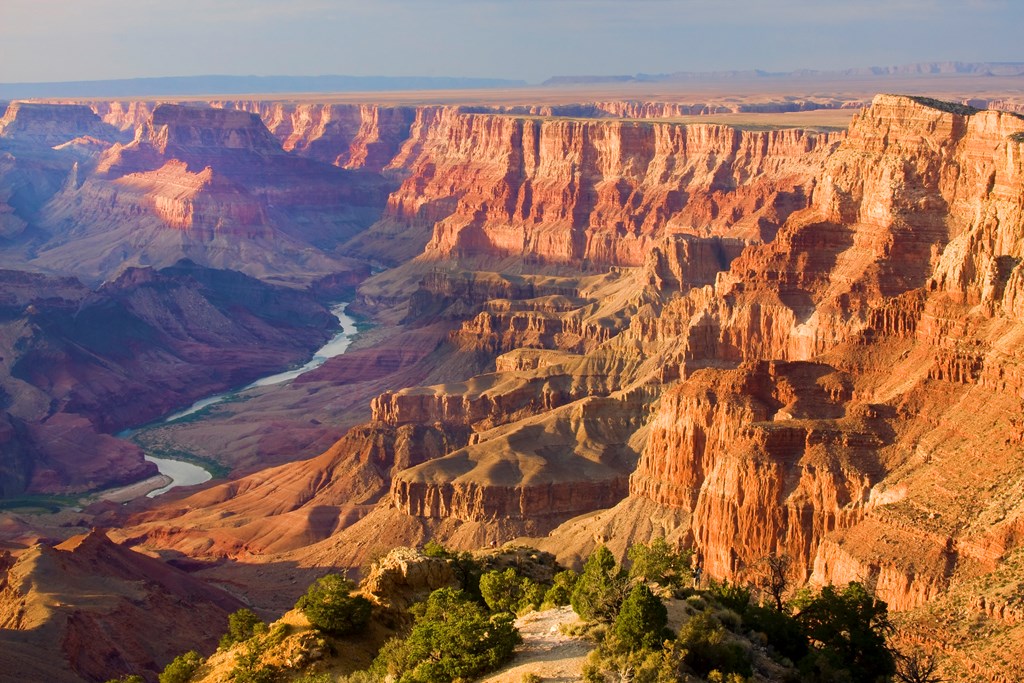
Less traffic
Lots of people head south in the winter for the weather, the beaches, and the sun. Even so, you’ll find that many of the popular “hot spots” still won’t be as crowded as they are in the summertime.
Famous destinations like the Grand Canyon and southern California don’t get nearly as many travelers in winter months as they do in summer. Even Disney World is less crowded in winter months, outside the busy weeks of Christmas and New Year’s.
Some famous parks and landmarks will still draw a crowd (especially if the weather is great), but in general, you won’t be fighting your way through massive amounts of people, or waiting in a long stretch of cars like you would in the summer months when families are taking a break from work and school.
So, in addition to skipping the frigid temps up north, you might find you can skip the crowds and tourists by heading south to popular parks, campgrounds, and attractions in the offseason (score!)
Soak up some beach therapy
Even if you don’t care to spend time on or in the water, just being near the water can be quite therapeutic.
Buccaneer State Park in Mississippi is a top warm-weather destination for winter camping. The campgrounds, which lie on the shore of the Gulf of Mexico, feature marshlands and sand beaches alongside moss-covered oak trees.
Along the two-mile Pirate’s Alley Nature Trail, visitors might spot egrets and pelicans on the pier over the canal. There’s even an old pirate house to explore. The area is, after all, where French buccaneer Jean Lafitte practiced his pirating with his band of marauders.
And, of course, Florida’s got countless excellent beach destinations adjacent to campsites and RV parks.
You can’t go wrong choosing KOA’s Sugarloaf Key campsite in the famous Florida Keys. Temps in the Keys hold reliably at a sunny 75 to 80 degrees in the winter, with some warmer days mixed in. In short, it’s pretty much perfection every single day.
If you want to rough it a bit more, you can even find beach camping in the Keys. Places like Curry Hammock State Park have sites near and directly on the beach. Imagine waking up with your partner or kids on the beach to the shallow ocean and the mild surf. The kids can collect shells while you sip a tasty Cuban coffee.
Campers visiting the Florida Keys do it all – kayaking, canoeing, snorkeling, and kite-boarding, a sport where you use wind power and a large power kit to glide across water or land.
Anywhere in Florida in the winter months would be ideal for a getaway. St. George Island State Park in the Apalachicola region of North Florida was named “No. 1 beach in America” in 2023 by “Dr. Beach.” St. George is sometimes known as Florida’s “Forgotten Coast.” The park’s stunning nine miles of white sand beaches certainly contributed to this ranking, along with a collection of majestic dunes along the Gulf of Mexico.
The beach along Grayton Beach State Park, stretching between Destin and Panama City Beach, is a “sugar sand paradise” with trails for hiking and biking, and a kayak launch for paddling nearby Western Lake.
In your search for the perfect beach, consider exploring “Old Florida.” St. Augustine – the nation’s oldest city – was established way back in 1565. The combination of history plus miles of pristine beach make Anastasia State Park a must-see, especially in the winter months!
This beach is yet another ideal place to kick back and hike the beach, bicycle, paddle, sail, fish, or whatever you want! You could even pitch your tent along a grove of trees a short walk from the beach. With your toes nestled into the warm, white sand, you’re sure to forget about the white snow awaiting you back home.

Less to pack
If you’re someone who loves camping but doesn’t love all of the packing and gear and inventory, you probably already know that you can lighten your load when heading out to places with more “agreeable” weather.
When the temps sit happily at 60 and 70 degrees Fahrenheit (as many of these southern and southwestern spots do in the wintertime), there’s no need for bulky gear, heavy sleeping bags, wool base layers, and snow boots. Not only will you pack fewer items than you would for summer or (northern) winter camping, but you’ll also pack lighter items.
And guess what else? You can skip most or all of the insect and bug repellents, as it’s a time of year when those tiny pests are largely dormant, even in places like the Everglades (more on that later).
Just be sure you continue to bring essentials like sunscreen, a light water-repellent layer (depending on where you’re headed) in case of rain, and an extra layer or two to have on hand if temperatures drop.
Always check the weather ahead of time, bring the proper footwear (and maybe an extra pair), and enjoy this ‘sweet spot’ of weather comfort.
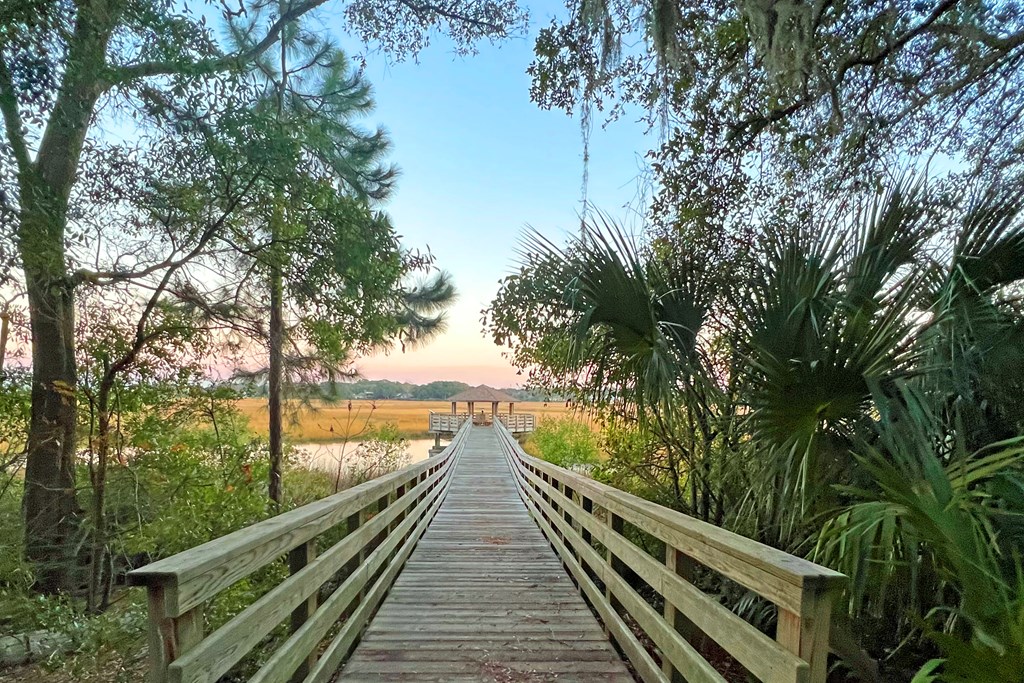
Humidity calms way down
Now back to the bugs …
You know those tiny pests thrive in hot, humid conditions. This is another reason why you should make your way south in the winter. Winter is the “dry season” in most of the southern United States. During these months, there’s a change in the air … for the better.
While Florida is indeed the beloved “Sunshine State,” it’s not without its unpleasantries – one of which is intense humidity for most of the year. Northern states can get hot and sticky in summer, but in the south, in the summer, the humidity is at a whole other level.
So, time it right. In the winter months, even Florida’s temps cool, and the rains subside a bit. The heat and humidity are also not as oppressive. And the bugs (for the most part) die or find somewhere else to hang out. Not a bad deal, eh?
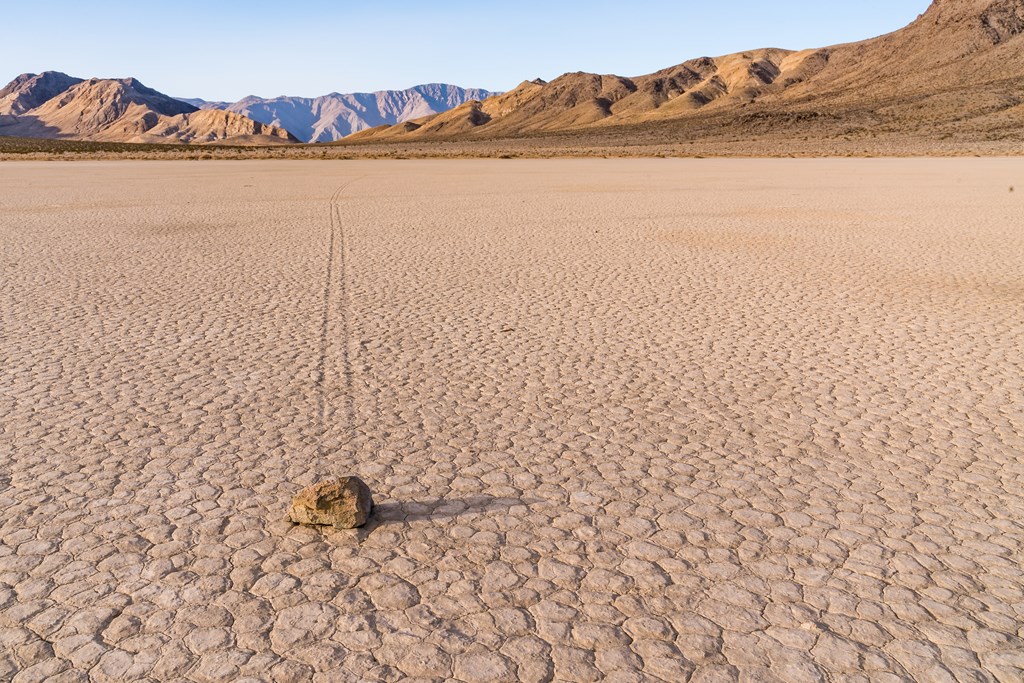
Explore some seriously cool landscapes
There are some places in this country that you don’t immediately think of as “dream camping” spots. One example is Death Valley. Another: The Everglades.
But here’s a little secret: Both are amazing places to camp … if you go in the winter!
As mentioned earlier, November to April is the Dry Season in the Everglades. During this magical time, temperatures are mild (ranging from a high of 77 degrees Fahrenheit to lows of 53 degrees Fahrenheit), and humidity levels are low. Also, keep in mind that hurricane season wraps around November 30, and there’s significantly less rain to keep you indoors.
The Everglades are a magical place for animal lovers this time of year, as lower water levels mean the local critters are easier to spot. Visitors can observe wildlife like alligators, snakes, otters, birds, marsh rabbits, deer, foxes, manatees, bobcats, and wintering birds.
Over in the southwestern United States, Death Valley National Park between Las Vegas and Sequoia National Forest in California also cools down its record-setting, broiling temps in the winter months.
Many people say winter is the best time to visit the country’s hottest, lowest, and driest national park in the country. That is why this desert destination opens up more of its campgrounds from October to April (and take note – many sites require reservations upwards of six months in advance).
The park is at its coldest (and is a bit rainy) in December, but February and March can be a dream with warm – but not hot – temps. Think highs in the 80s, lows in the 50s, abundant sunshine, and even some partly cloudy days.
The more manageable temps and conditions allow for lots of outdoor time and exploration. Spend your visit exploring sand dunes like the Ibex Dunes, Mesquite Dunes, and Eureka Dunes, or catch a sunrise at Zabriskie Point. You might even consider snowshoeing up to Telescope Peak if you don’t mind putting just one snowy activity on your winter escape.
Here, too, you’ll get eyes on some awesome wildlife like road runners and desert bighorn sheep. There’s so much to do in Death Valley when conditions are right: hike the canyons, backpack, bike, or simply stargaze.
A winter campout doesn’t get more enjoyable than that.

Use that spring and summer camping gear
It’s no secret that camping often requires some investments – you invest your time, your money, and your energy. Isn’t it nice when you can get a greater return on that investment?
Take gear, for example. If you’re typically a camper in a northern or Midwestern state, you can get more mileage out of your temperate weather gear if you hit the road in pursuit of warm weather. Now you’re camping with most of the same gear all year round.
You can keep using those hiking sneakers instead of finding a heavier boot, and you can continue to bring your bikes along for riding on the trails.
Get more use out of your boat, your tent, and your favorite midweight sleeping bag. Don’t stress when the weather changes, and don’t buy new gear. Simply change up your GPS coordinates!
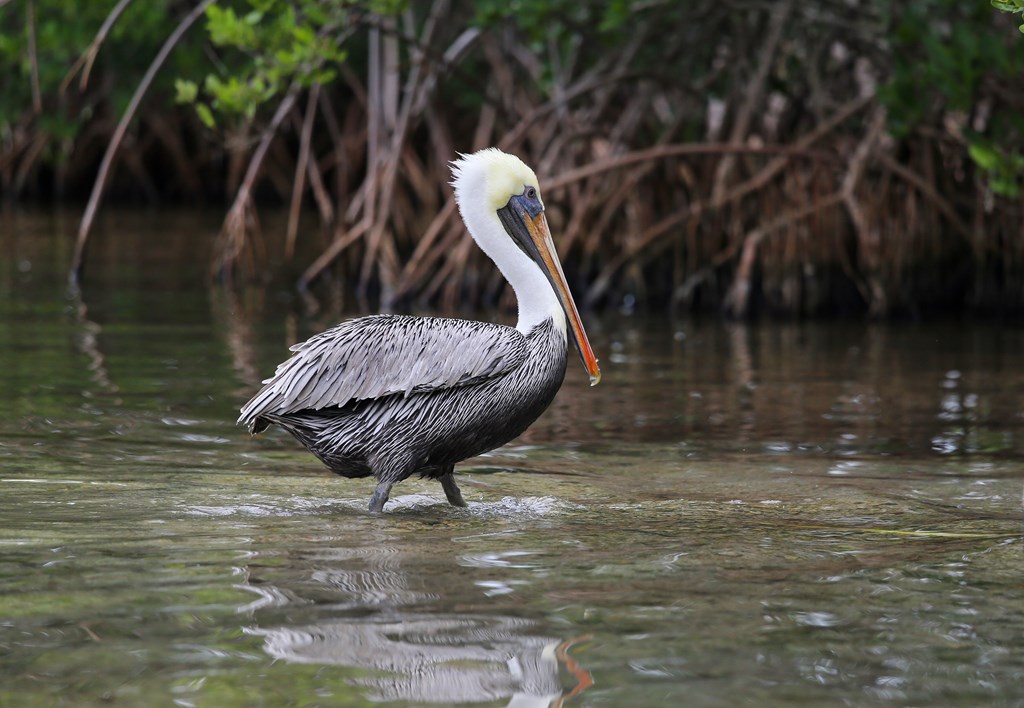
Peep seasonal wildlife
Weather aside, heading south in the winter comes with the unique benefit of spotting migrating or rarely-seen wildlife.
We’ve talked about some of the awesome critters you can see in the Everglades and Death Valley. Here are some more!
Located in northeastern Florida, Cary State Forest is home to a variety of ecosystems and wildlife. There is so much to see and do here, and the nice weather’s just the icing on the cake.
Visitors may catch a glimpse of bobcats, wild turkeys, pinewood tree frogs, great horned owls, woodpeckers, and more.
One awesome pastime to try out – no matter where or when you’re camping – is birding. And if you’re heading “down south” in winter, you’ll likely get to see many colorful and interesting wintering birds.
Lots of birds migrate south in winter months to follow a food source; birds that eat fruit or insects (as opposed to seeds) must go south to find enough food to survive.
So birds make different kinds of migrations; some only go short distances while others fly from the northern states to the southern states. And still others make the long journey down to Central and South America.
In the Everglades, common loons, red-throated loons, horned grebes, and pied-billed grebes gather along the coastline. Mourning doves, northern cardinals, blue jays, red-bellied woodpeckers, red-winged blackbirds, and grackles are also common sights, as are lesser nighthawks, bald eagles, osprey, and owls.
And in winter, a variety of warblers descend upon South Florida, looking for something to sing about.
Whether you’re a first-time birder or an expert, grab some binoculars and a guidebook and have fun identifying as many birds and animals as possible on your winter adventure!
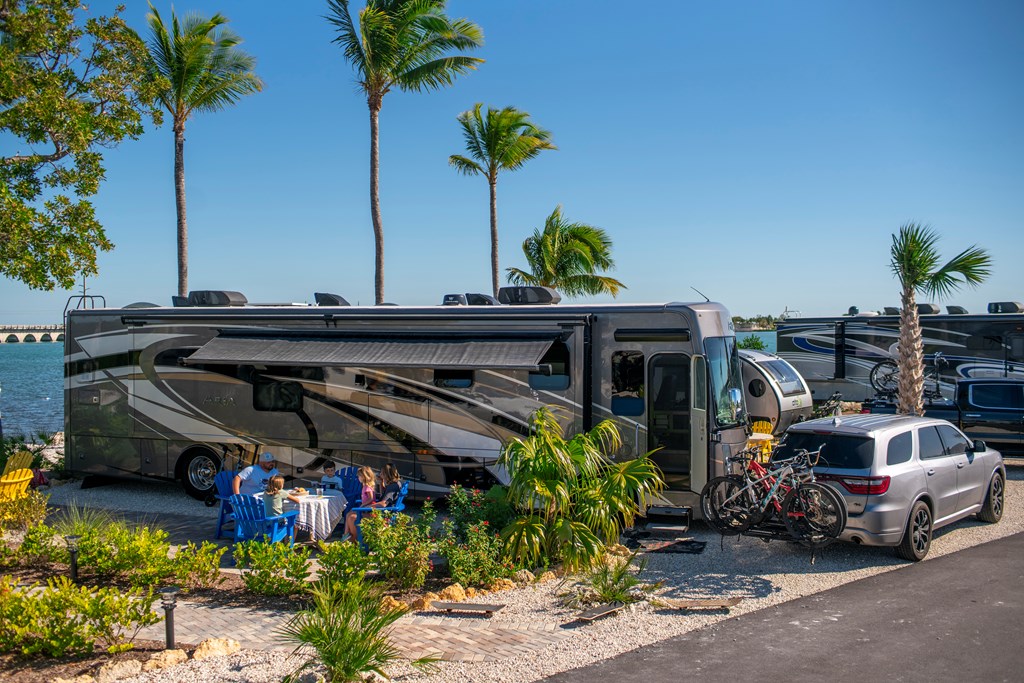
It’s (probably) time for another adventure
By the time November rolls around in much of the northern and midwest United States, summer camping trips are all but a distant memory, and even the fall camping gear has been carefully packed away. Snow and cold activities are what’s on the menu. That and cozy days of hibernation.
But even people who love hibernating get a little restless.
After weeks and weeks of grey skies and white snow, you might find that a stretch of warm, soft, and sandy beach calls to you. Why deny yourself the chance to relax alongside some clear, blue water? Just imagine peeling off those layers and digging your toes into the warm sand.
The answer to your winter woes lies in those tubs of spring and summer camping gear.
Keep the camping spirit alive in the darker months by dusting off the fishing pole, kayaks, bathing suit, and binoculars. Pack up the family SUV, RV, or car and head south, where the sun shines longer and hotter. Don’t stop driving until the piles of dirty brown snow are entirely out of sight.
Canadian geese make their way south for the winter without fail. Maybe you should, too. After all, you don’t need any compelling reason to soak up some sun during the grips of a long, cold winter. If you think it’s time to go south, it probably is!

Leslie, a.k.a. Copy Girl, is a copywriter who gets butterflies from telling stories through words.
Her voice comes from a place filled with passion, dreams, and lots of sugar. “Cake over steak” is her go-to motto.
With over 10 years of experience in crafting words, and years of embarking on travels that have taken this Montana girl to some incredible places, Leslie love the adventures of both body and mind her writing takes her on.
Everywhere she goes, she takes this advice with her:
“Hold on to your divine blush, your innate rosy magic, or end up brown.” – Tom Robbins, Jitterbug Perfume
To see what Leslie’s up to in the writing world, visit her website here.




















